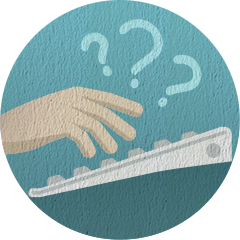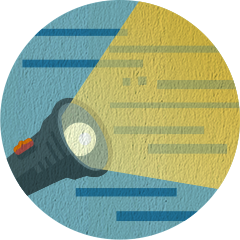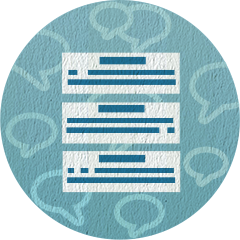How to correctly play recorder notes?
-
My children are learning to play recorder and one issue that has come up has been how to play the notes. I was taught to only use your tongue on staccato notes; the resources we have say to have your tongue go "t, t" or "do, do" as you play--even all the normal notes. Is there an actual proper way? Those who play professionally, which method are they most likely to use? Any links for more information?
-
Answer:
The resource I send most people to, Dolmetsch.com, has a wealth of information about recorder and I have put several links below. As far as tounging, I teach my students to start with the syllable "Toooo" or "Tu" although for some notes that are easy to overblow (creating that extremely annoying "EEEEKK" sound) I sometime fall back on the syllable "Du." (once they get the note succsesfully however, we move back to "Tu") To get to the second range, we sometime use the syllable "Tee" and for really fast repeated notes, we use "Katta, Katta, Katta, Katta" (for the upper range Kitty Kitty Kitty Kitty) Best of luck and I hope this is of some use to you. I also included a link to Rockin' Recorders just in case you need some new songs to play. It is a really fun site for students, as well as teachers. You can download my pages at http://www.sheetmusicdigital.com for free if you become a member. If there is something that interests you, give me a shout and I can always send you a PDF file.
glurpy at Yahoo! Answers Visit the source
Other answers
All notes should be played with a gentle yet clear articulation., unless they are part of a slurred pattern, Then the intital note is tongued - the others are smoothly connected in the slur.
On a recorder, every non-slurred note should begin, as a default, with a "d" tonguing ("Do" for the lowest notes, "Di" for the highest). I'd save "t" for accented notes; it can be pretty rough-sounding. Historically, there are many sophisticated tonguing patterns that were used...diri, diddle...and these are all employed by professionals. Note that this is all about the initial attack and has nothing to do with staccato (which is about the end of the note). While one can play fairly short without stopping the air with the tongue, stacco is played by returning the tongue to the back of the teeth, thus stopping the air flow.
CWRUlibrarian
yes
RV RB41 Z
Related Q & A:
- How to correctly configure a GridView?Best solution by Stack Overflow
- How to correctly use ScheduledExecutorService?Best solution by Stack Overflow
- How to correctly update an image in a QLabel?Best solution by stackoverflow.com
- How do I sing higher notes without cracking?Best solution by Yahoo! Answers
- How do I sing high notes?Best solution by ChaCha
Just Added Q & A:
- How many active mobile subscribers are there in China?Best solution by Quora
- How to find the right vacation?Best solution by bookit.com
- How To Make Your Own Primer?Best solution by thekrazycouponlady.com
- How do you get the domain & range?Best solution by ChaCha
- How do you open pop up blockers?Best solution by Yahoo! Answers
For every problem there is a solution! Proved by Solucija.
-
Got an issue and looking for advice?

-
Ask Solucija to search every corner of the Web for help.

-
Get workable solutions and helpful tips in a moment.

Just ask Solucija about an issue you face and immediately get a list of ready solutions, answers and tips from other Internet users. We always provide the most suitable and complete answer to your question at the top, along with a few good alternatives below.